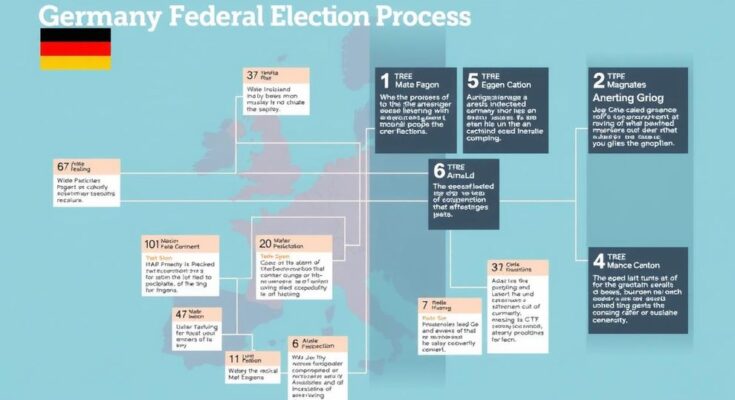Germany’s federal elections employ a hybrid voting system combining direct and proportional representation. Voters cast two votes: one for a local candidate and another for a party. A 5% threshold prevents smaller parties from dominating, aiming for a stable legislative environment.
Germany’s federal elections utilize a hybrid voting system that merges elements of direct representation with proportional representation. Each voter is permitted two votes: one for a candidate in their constituency and another for a political party. The system aims to balance the need for local representation with the desire for a legislature that accurately reflects the electorate’s political diversity. This complexity also includes a 5% threshold, which a party must surpass to gain seats in the Bundestag, ensuring that smaller parties do not unduly fragment the political landscape.
Germany’s unique electoral system has evolved to address the balance between representation and stability in its parliamentary democracy. This hybrid model borrows features from American and British systems, incorporating single-member districts while also ensuring proportional representation through party lists. Understanding this system is crucial, as it not only shapes the political landscape but also influences how policies are crafted post-elections. Additionally, the 5% threshold serves to maintain a functional and cohesive legislative body.
The hybrid voting system in Germany exemplifies an effort to reconcile local representation with proportionality, thus enhancing democratic engagement. By setting a 5% threshold, Germany aims to prevent excessive fragmentation in Parliament, which could hinder effective governance. The intricacies of this system are vital for understanding the electoral process and its implications on national politics.
Original Source: www.deccanherald.com




